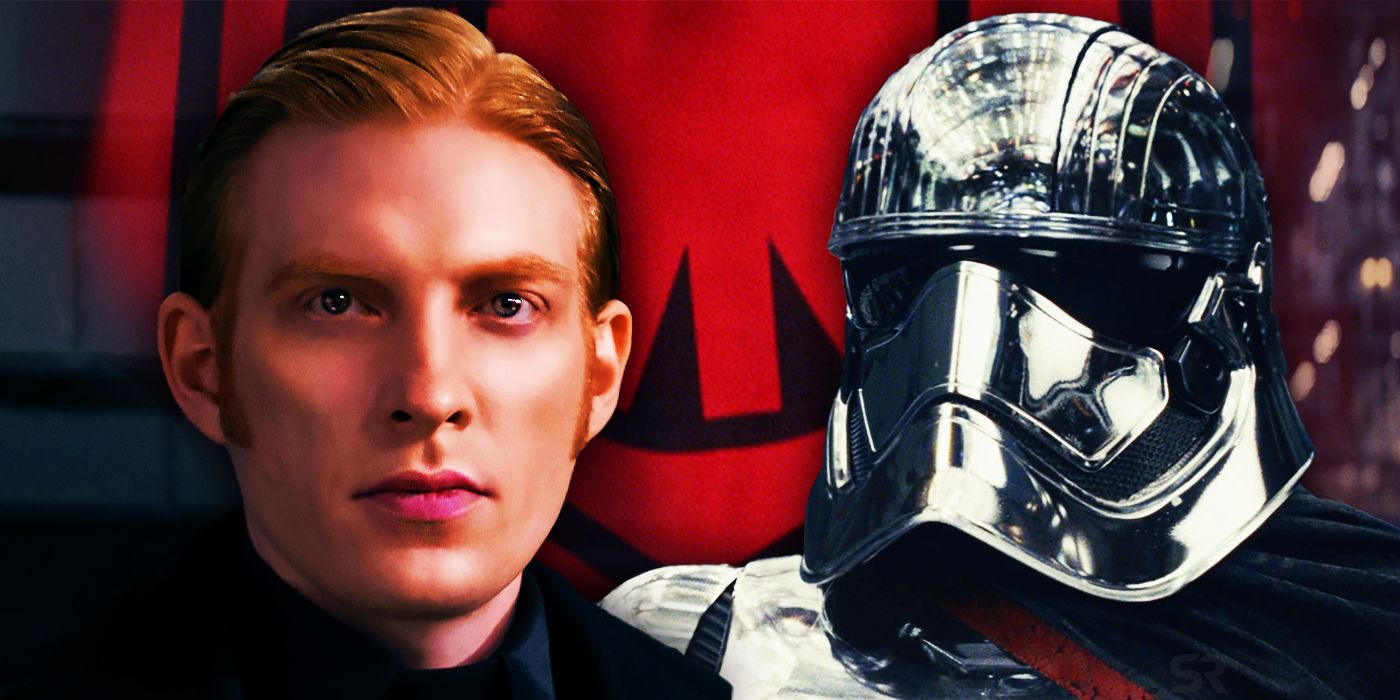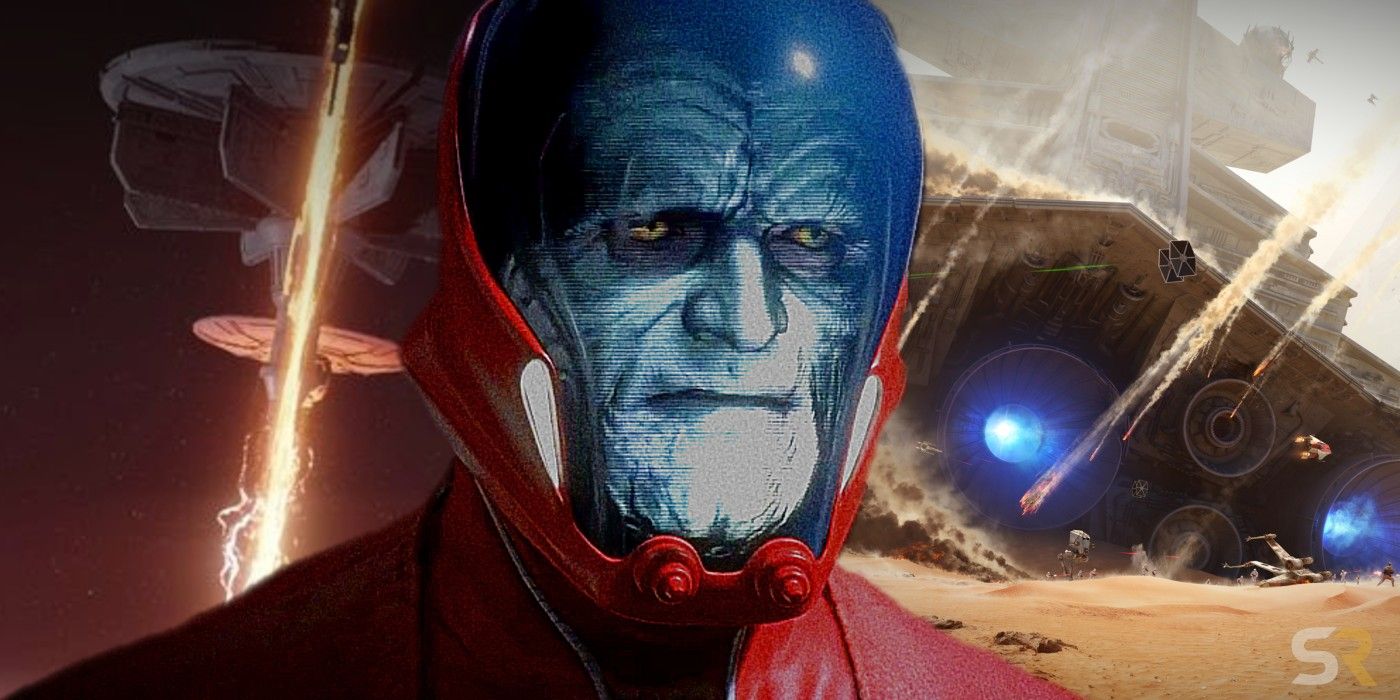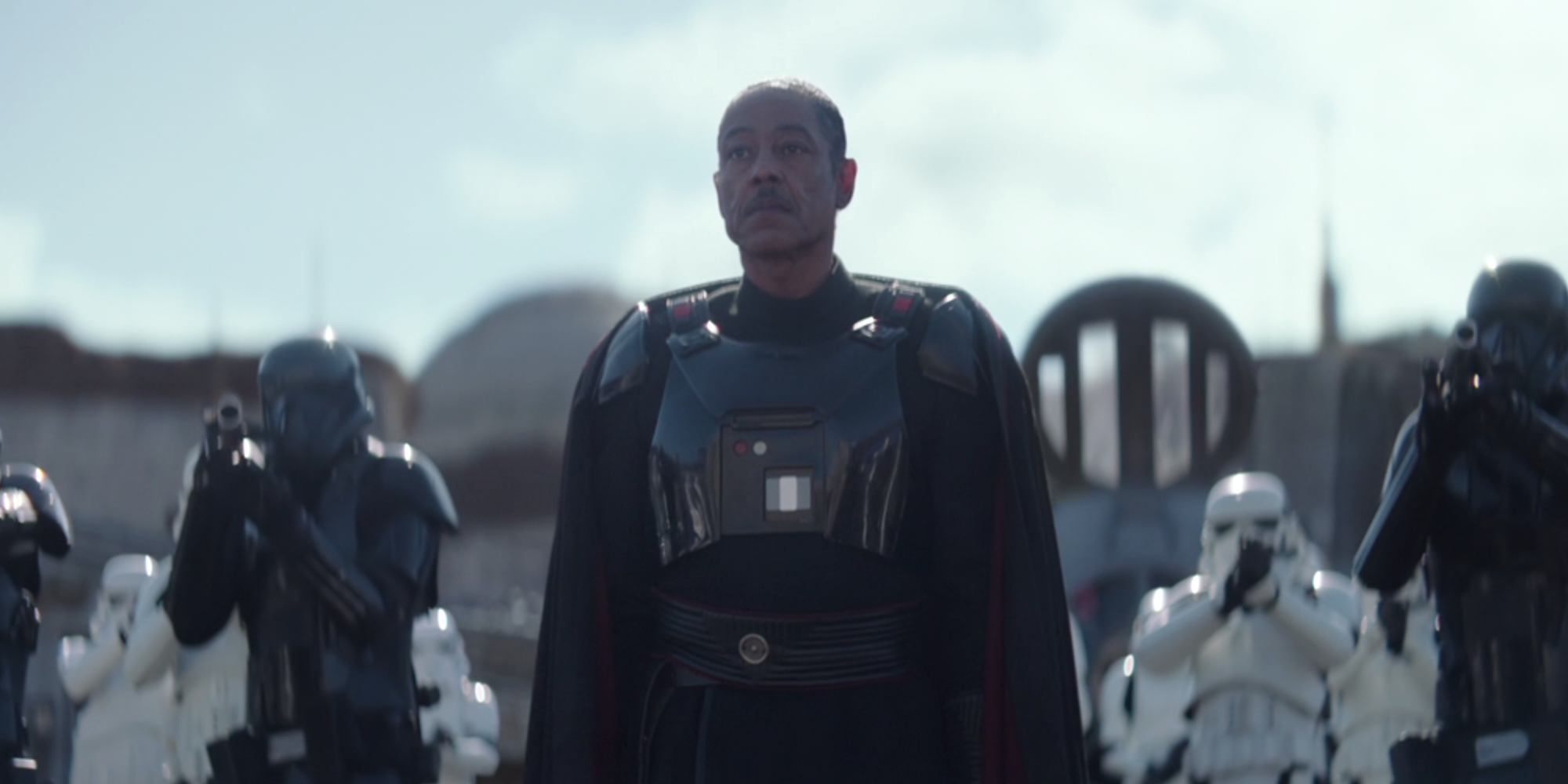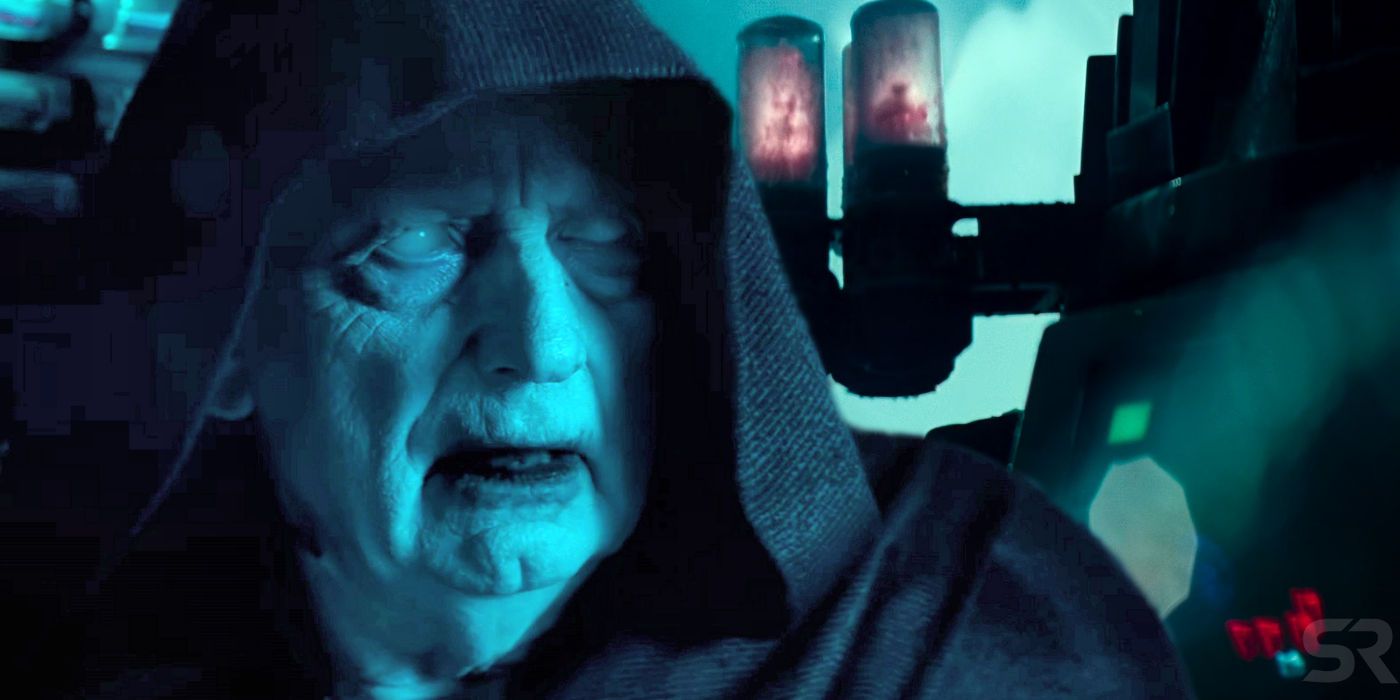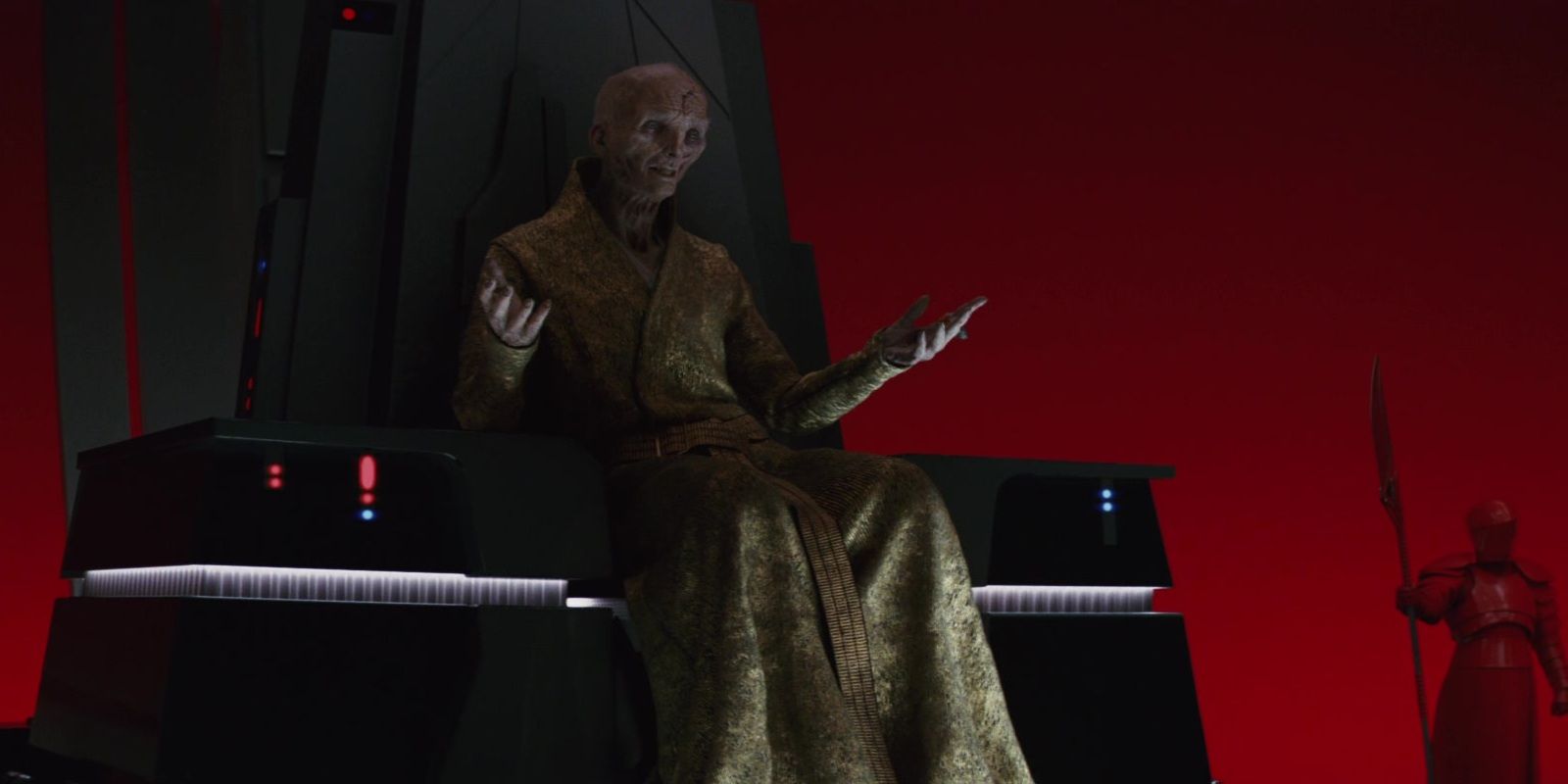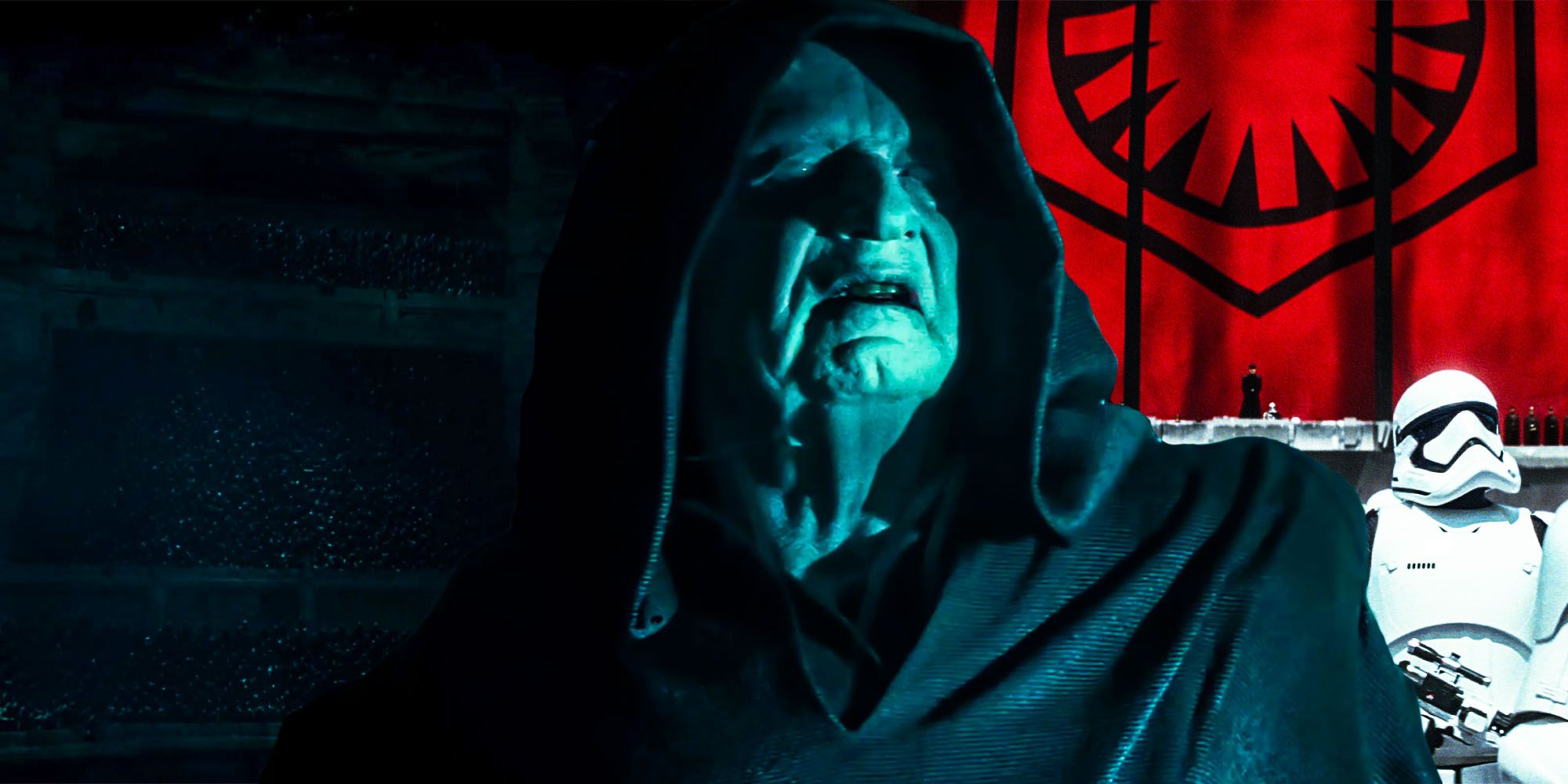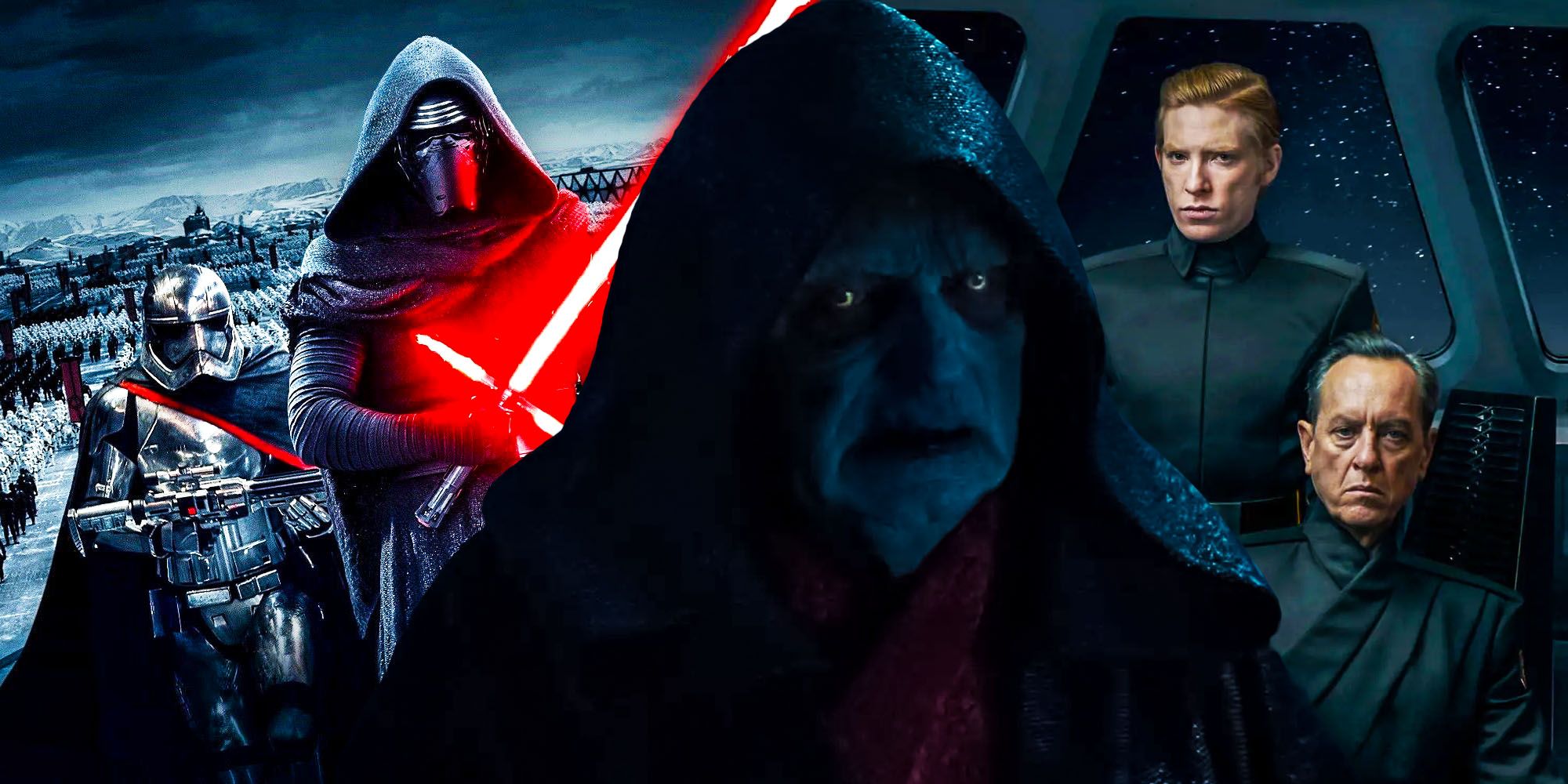The origins of the Star Wars sequel era’s First Order have been gradually revealed - not only by the end of the sequel trilogy, but also in various spinoffs and tie-ins. The First Order is the successor state to the Galactic Empire in the current Star Wars canon, but while its military mimics the aesthetic of its predecessor, it is a fundamentally different faction to the Empire. The First Order’s rise to power, its true purpose, its evolution from Imperial terrorist groups to a fully-fledged military junta, and how it serves the undead Emperor Palpatine are all explored in the current Star Wars canon’s post-original trilogy material.
Star Wars: The Force Awakens is often criticized for relying too heavily on original trilogy nostalgia, resulting in a lack of world-building and reconstruction of scenes from the first Star Wars movie. While the film does, for better or worse, return the conflict to a “Rebels vs Empire” dynamic (to the point where the trilogy often forgets the rebels are called the Resistance in this period), the two belligerent factions are fundamentally different to their original trilogy counterparts. Here is how the current Star Wars canon explains the First Order’s rise and what separates it from the Empire.
Palpatine Always Planned For The Empire’s Fall
The seeds of the First Order were planted before the Galactic Empire rose to power, as revealed in Chuck Wendig's Aftermath: Life Debt. Before the start of the Clone Wars, Supreme Chancellor Palpatine recruited Gallius Rax, a Jakku native, to construct an Observatory on the obscure desert world. In the years preceding and following the rise of the Empire, Palpatine laid the foundation for the First Order in the event of his death. The Contingency, as Palpatine reveals in Aftermath: Empire’s End, ensures that the Empire does not outlive its Emperor but is instead succeeded by a stronger faction. Palpatine’s Observatories ensured the Empire would rebuild in the galaxy’s Unknown Regions.
The Empire’s Contingency Sowed The First Order
The Aftermath trilogy, Claudia Gray's Lost Stars, Star Wars: Battlefront II, Star Wars: Squadrons, and Greg Rucka and Marco Checchetto's Star Wars: Shattered Empire explore the year following Palpatine’s death at the Battle of Endor. Palpatine’s posthumous Contingency razed worlds and culled the ranks of the Imperial military to ensure only the best and most loyal members survived. The Contingency culminated in the climactic Battle of Jakku, in which Imperial and New Republic forces clashed as Gallius Rax attempted to destroy the planet. Rax was betrayed by Rae Sloane and his attempts to destroy Jakku failed. The fledgling New Republic was victorious, with the surviving Imperials fleeing to the Unknown Regions.
What Became Of The Empire’s Remnants?
Officially, the Galactic Empire surrendered following its defeat at the Battle of Jakku and was largely demilitarized as per the Galactic Concordance. As described in Lost Stars, the remaining Imperial faction in the Core Worlds and Inner Rim disbanded its Stormtrooper Corps and significantly reduced the might of its remaining Imperial Army and Navy forces. This last surviving Imperial Remnant remained within its borders and avoided conflict with the New Republic, even opting to work alongside it and forming the unofficial Centrist political party, though this was, ultimately, a means to preserve Imperial ideology within the New Republic.
Unofficially, numerous Imperial remnant factions refused to comply with the Galactic Concordance and continued to wage war against the New Republic, using their respective Stormtrooper Corps in addition to their Army and Navy forces. One such faction, as seen in The Mandalorian, was led by Moff Gideon and operated in the Outer Rim, with relatively little influence from the New Republic. Other remnant factions would similarly disobey the Concordance and continue to develop their militaries, but all eventually ended up in the Unknown Regions as members of the First Order. The Centrists left the New Republic in approximately 29 ABY, forming the political branches of the First Order.
Emperor Palpatine’s Survival & Seclusion
Unknown to the galaxy writ large, Emperor Palpatine returned from the dead, using methods not unlike his Legends continuity counterpart to transfer his consciousness to a crude cloned body. During his reign in the original trilogy era, Palpatine had set up cloning labs and a massive contingent of his deadliest military forces on the nearly-forgotten Sith world of Exegol in the Unknown Regions. As shown in Star Wars: The Rise of Skywalker and Greg Pak's Darth Vader comics, Palpatine’s experiments with cloning and strandcasts not only provided him with potential replacements for Darth Vader and new vessels for his consciousness to inhabit, but also a leader for the First Order.
How The First Order Gained Its Supreme Leader
The identity and origins of the First Order’s Supreme Leader, Snoke, caused intense speculation after the launch of the Star Wars sequel trilogy. He seemed to be a simple repeat of Emperor Palpatine, with no explanation how such an antagonist could come to be, and many felt this was unsatisfying. The opening minutes of Star Wars: The Rise of Skywalker attempted to fix this by revealing Snoke was an artificial being created by Palpatine.
Star Wars canon has built on this, notably in the in-universe book The Secrets of the Sith. This revealed Snoke was created as a potential vessel for Palpatine, but the process was unstable and he was an unsuitable host. Snoke had incredible dark side potential, leading Palpatine to guide him into becoming Supreme Leader of the First Order and mentor to Kylo Ren. Neither Snoke nor Kylo Ren were ever Sith, with the latter leading the Knights of Ren instead.
How Palpatine Secretly Controlled The First Order
While Snoke possessed free will, he was manipulated from afar by Palpatine, something he was unaware of, as revealed in 2022’s The Star Wars Book by Pablo Hidalgo, Cole Horton, and Dan Zehr. Snoke, as Palpatine’s secret puppet, ensured the First Order remained under Palpatine’s control while most of the galaxy believed the infamous Sith Lord was gone for good. Moreover, Snoke was essential to Ben Solo’s fall to the dark side and rechristening as Kylo Ren, the eventual leader of the Knights of Ren. Under Snoke’s leadership, the First Order weakened opposition to Palpatine’s hidden forces on Exegol and provided the Sith Lord with a potential new apprentice.
What Was The First Order’s True Purpose?
In addition to making Ben Solo a potential apprentice to Palpatine, the First Order kept the New Republic and Resistance occupied and off-balance while Palpatine prepared to unleash his Sith Eternal forces on the galaxy. Despite their losses against the Resistance, the First Order dealt a hefty blow to the New Republic by obliterating the Hosnian system and intimidated much of the galaxy before Palpatine even unleashed his greatest weapons. With Snoke dead and Kylo Ren as the Supreme Leader, however, the First Order served its purpose and was promptly merged with the Sith Eternal, creating the Final Order and completing the story of the Star Wars sequel era’s antagonists.

